Home>Storage Ideas>Bedroom Storage>How To Remove Sticker Residue From Every Surface
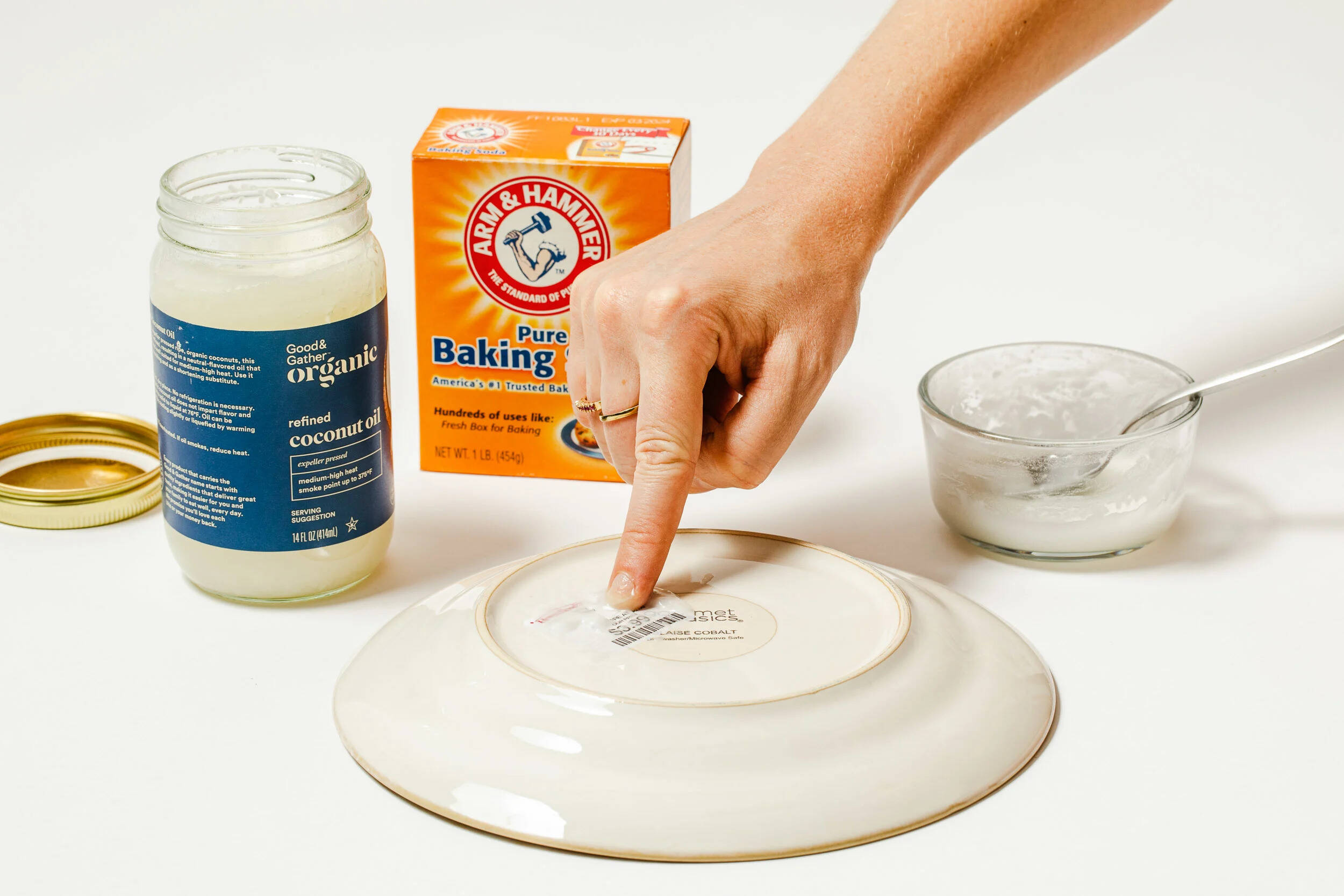

Bedroom Storage
How To Remove Sticker Residue From Every Surface
Modified: August 27, 2024
Discover effective ways to remove sticker residue from any surface in your bedroom-storage. Say goodbye to sticky messes with these helpful tips and tricks.
(Many of the links in this article redirect to a specific reviewed product. Your purchase of these products through affiliate links helps to generate commission for Storables.com, at no extra cost. Learn more)
Introduction
Removing sticker residue from surfaces can be a frustrating task. Whether you’ve just bought a new item with stubborn price tags, or you’re trying to clean up after a craft project gone awry, dealing with sticky residue can be a hassle. Fortunately, with the right techniques and a bit of patience, you can effectively remove sticker residue from almost any surface.
In this article, we will guide you through the process of removing sticker residue from various types of surfaces, such as glass, plastic, metal, wood, fabric, ceramic, leather, electronic devices, and even car exteriors. We will also provide you with some helpful tips to make the removal process easier and more efficient.
Before we dive into the specific methods for each surface, it’s important to note that different surfaces may require different approaches. It’s always a good idea to test any cleaning method on a small, inconspicuous area first to ensure it doesn’t damage the surface. Additionally, be sure to wear gloves and work in a well-ventilated area to protect yourself from any harsh chemicals that may be used in the cleaning process.
Now, let’s get started with removing sticker residue from glass surfaces.
Key Takeaways:
- Say goodbye to stubborn sticker residue with gentle techniques and patience. From glass to leather, follow specific methods and helpful tips for efficient removal without causing damage.
- Act quickly, use gentle methods, and apply heat for effective sticker residue removal. Exercise caution with delicate surfaces and consider professional help for valuable items.
Read more: How To Remove A Sticker From Glass
Removing Sticker Residue from Glass Surfaces
Glass surfaces can be delicate, so it’s important to use gentle methods to remove sticker residue without scratching or damaging the glass. Here are some steps to follow:
- Peel off the sticker: If there is any remaining sticker or sticker backing on the glass, gently peel it off with your fingers or a plastic scraper. Be careful not to apply too much pressure, as this can cause scratches.
- Use warm, soapy water: Fill a bowl or basin with warm water and add a few drops of mild dish soap. Dip a soft cloth or sponge into the soapy water and gently rub the sticker residue in circular motions. The soap will help break down the adhesive.
- Apply vinegar or rubbing alcohol: If the soapy water doesn’t completely remove the residue, you can try using vinegar or rubbing alcohol. Moisten a cloth or cotton ball with either vinegar or rubbing alcohol and gently rub the residue. Both substances are effective at breaking down adhesive residue.
- Use a glass cleaner: After removing the sticker residue, clean the glass surface with a glass cleaner to remove any remaining residue or streaks. Spray the cleaner onto a clean cloth or directly onto the glass and wipe in a circular motion until the surface is clean and shiny.
If the sticker residue persists, you can try using a specialized adhesive remover for glass surfaces. Follow the instructions on the product carefully, as different adhesive removers may have varying application methods and contact times.
Remember, always test any cleaning method on a small, inconspicuous area of the glass first to ensure it doesn’t cause any damage. Taking these precautions will help ensure your glass surfaces remain spotless and scratch-free.
Removing Sticker Residue from Plastic Surfaces
Plastic surfaces are commonly found on various household items, such as containers, toys, and electronics. Removing sticker residue from plastic surfaces requires a gentle approach to avoid scratching or damaging the material. Here’s how to do it:
- Peel off the sticker: Start by peeling off as much of the sticker as possible. Use your fingers or a plastic scraper to remove any remaining sticker or backing.
- Use warm, soapy water: Fill a bowl or sink with warm water and add a few drops of mild dish soap. Soak a soft cloth or sponge in the soapy water and gently scrub the sticker residue in circular motions. The warmth of the water helps soften the adhesive.
- Apply oil or cooking spray: If the soapy water doesn’t completely remove the residue, try applying a small amount of oil, such as coconut oil or vegetable oil, directly to the residue. Let it sit for a few minutes to loosen the adhesive. Alternatively, you can spray a small amount of cooking spray onto the residue and let it sit for a while.
- Scrub with a toothbrush: After applying the oil or cooking spray, use a toothbrush with soft bristles to gently scrub the residue. The bristles will help dislodge the sticky residue without scratching the plastic surface.
- Use rubbing alcohol: If the sticker residue persists, moisten a cloth or cotton ball with rubbing alcohol and gently rub the residue. The alcohol will help dissolve the adhesive and make it easier to remove. Just be sure to test the rubbing alcohol on a small, inconspicuous area of the plastic first to ensure it doesn’t cause any damage or discoloration.
- Clean with mild detergent: Once you’ve successfully removed the sticker residue, rinse the plastic surface with warm water to remove any remaining residue or oil. Then, clean the surface with a mild detergent to ensure it’s free of any oily residue or streaks.
For stubborn sticker residue on plastic surfaces, you can also try using a specialized adhesive remover formulated specifically for plastics. Follow the instructions provided with the product, as different adhesive removers may have varying application methods and contact times.
It’s always essential to test any cleaning method on a small, inconspicuous area of the plastic to avoid causing damage. By following these steps, you can effectively remove sticker residue from plastic surfaces and restore their original appearance.
Removing Sticker Residue from Metal Surfaces
Removing sticker residue from metal surfaces can be a bit challenging, as some metals can be sensitive to certain cleaning methods. Here’s a step-by-step guide to help you remove sticker residue from metal surfaces effectively:
- Peel off the sticker: Start by peeling off as much of the sticker or sticker backing as possible. Gently use your fingers or a plastic scraper to remove any remaining residue.
- Use warm, soapy water: Fill a basin or sink with warm water and add a few drops of mild dish soap. Soak a soft cloth or sponge in the soapy water and gently scrub the sticker residue in circular motions. The gentle abrasiveness of the cloth or sponge, combined with warm water and soap, can help loosen the adhesive.
- Apply vinegar or rubbing alcohol: If the soapy water doesn’t provide satisfactory results, you can try using vinegar or rubbing alcohol. Moisten a cloth or cotton ball with either vinegar or rubbing alcohol and gently rub the residue. Both substances are effective at breaking down adhesive residue.
- Use baking soda paste: For tougher sticker residue, make a paste by mixing baking soda with water. Apply the paste to the affected area and let it sit for a few minutes. Use a soft cloth or sponge to scrub the residue gently. The mild abrasive nature of baking soda can help remove stubborn residue without scratching the metal surface.
- Try an adhesive remover: If the above methods don’t yield satisfactory results, you can use a commercial adhesive remover specifically designed for metal surfaces. Follow the instructions provided with the product carefully and test it on a small, inconspicuous area of the metal first to ensure compatibility and prevent any potential damage.
- Rinse and dry: Once you’ve successfully removed the sticker residue, rinse the metal surface with clean water to remove any leftover residue or cleaning solution. Pat the area dry with a clean, soft cloth to prevent water spots or damage.
It’s important to note that some metals, such as aluminum or certain types of stainless steel, may be more sensitive to abrasive cleaners or acidic substances. Before applying any cleaning method, it’s recommended to test it on a small, inconspicuous area first to ensure compatibility and prevent damage.
By following these steps and using gentle cleaning methods, you can effectively remove sticker residue from metal surfaces and restore their shine and beauty.
Removing Sticker Residue from Wood Surfaces
Removing sticker residue from wood surfaces requires extra care to avoid damaging the finish or leaving behind unsightly marks. Here’s a step-by-step guide to help you safely remove sticker residue from wood surfaces:
- Peel off the sticker: Start by gently peeling off as much of the sticker or sticker backing as possible. Use your fingers or a plastic scraper to lift the edges and remove any remaining residue.
- Use a hairdryer: If the sticker residue is stubborn and difficult to remove, you can apply heat to soften the adhesive. Use a hairdryer on a low setting and hold it a few inches away from the residue. Heat the area for a few seconds to loosen the adhesive.
- Apply oil or mayonnaise: After applying heat, you can try applying a small amount of vegetable oil or mayonnaise directly to the residue. Let it sit for a few minutes to penetrate the adhesive. The oils can help break down the sticky residue.
- Gently scrape with a plastic scraper: Use a plastic scraper or a credit card to gently scrape off the residue. Be careful not to apply too much pressure or use anything with a sharp edge that could scratch the wood surface.
- Use a mixture of vinegar and water: If the residue persists, create a mixture of equal parts white vinegar and water. Dampen a soft cloth with the solution and gently rub the residue. The vinegar’s acidity will help dissolve the adhesive.
- Wipe with a clean, damp cloth: Once the residue is removed, wipe the wood surface with a clean, damp cloth to remove any remaining cleaning solution or residue. Avoid saturating the wood with excessive moisture.
- Apply furniture polish or oil: To restore the shine and protect the wood surface, apply a small amount of furniture polish or wood oil according to the product instructions. This step will help nourish the wood and maintain its natural beauty.
It’s crucial to test any cleaning method on a small, inconspicuous area of the wood surface first to ensure it doesn’t cause any discoloration or damage to the finish. If you’re dealing with an antique or valuable piece of wood furniture, it’s advisable to consult with a professional before attempting any cleaning or removal methods.
By following these steps and using gentle techniques, you can effectively remove sticker residue from wood surfaces without compromising their integrity or appearance.
Read more: How To Remove Tape Residue From Glass
Removing Sticker Residue from Fabric Surfaces
Removing sticker residue from fabric surfaces requires a delicate approach to avoid damaging the fabric. Here are some steps to follow when dealing with sticker residue on fabric:
- Peel off the sticker: Carefully peel off as much of the sticker or sticker backing as possible. Be gentle to avoid further spreading the adhesive or damaging the fabric.
- Pre-treat with dish soap: Pre-treat the residue by applying a small amount of mild dish soap onto the affected area. Gently rub the soap into the residue using your fingers or a soft brush. Allow the soap to sit for a few minutes to loosen the adhesive.
- Scrape off the residue: After pre-treating the fabric, use a plastic scraper or the dull edge of a butter knife to scrape off as much of the residue as possible. Be careful not to press too hard to avoid damaging the fabric fibers.
- Apply rubbing alcohol: Moisten a clean cloth or cotton ball with rubbing alcohol. Dab the cloth onto the remaining residue and gently rub in a circular motion. The rubbing alcohol helps dissolve the adhesive and lift it from the fabric.
- Blot with warm water and detergent: Moisten a clean cloth with warm water and add a small amount of mild detergent. Gently blot the area to remove any leftover residue or alcohol. Rinse the cloth frequently and continue blotting until the fabric is clean.
- Rinse and air dry: After removing the residue, rinse the fabric with clean water to remove any detergent residue. Allow the fabric to air dry completely before using or storing it.
If the fabric is delicate or if the sticker residue persists, it’s advisable to take it to a professional cleaner who specializes in handling delicate fabrics. They have the expertise and resources to safely remove residue without causing damage.
Remember to always test any cleaning method on a small, inconspicuous area of the fabric first to ensure it doesn’t cause discoloration or damage. By following these steps and treating the fabric with care, you can effectively remove sticker residue from fabric surfaces and keep your fabrics looking clean and pristine.
Use a mixture of equal parts baking soda and cooking oil to create a paste. Apply to the sticker residue, let sit for 10 minutes, then scrub with a cloth. Wipe clean with a damp cloth.
Removing Sticker Residue from Ceramic Surfaces
Ceramic surfaces, such as tiles, pottery, or dishes, can accumulate sticker residue over time. Removing sticker residue from ceramic surfaces requires gentle cleaning techniques to avoid scratching or damaging the finish. Here are the steps to remove sticker residue from ceramic surfaces:
- Peel off the sticker: Carefully peel off as much of the sticker or sticker backing as possible, using your fingers or a plastic scraper. Take your time and be cautious not to scratch the ceramic surface.
- Use warm, soapy water: Fill a basin or sink with warm water and add a few drops of mild dish soap. Soak a soft cloth or sponge in the soapy water and gently scrub the sticker residue in circular motions. The soap will help break down the adhesive.
- Apply vinegar or rubbing alcohol: If the soapy water doesn’t remove all the residue, moisten a cloth or cotton ball with either vinegar or rubbing alcohol. Gently rub the residue to dissolve the adhesive. Both vinegar and rubbing alcohol are effective at breaking down sticky residue.
- Try baking soda paste: For stubborn residue, make a paste with baking soda and water. Apply the paste to the affected area and let it sit for a few minutes. Use a soft cloth or sponge to gently scrub the residue. The mild abrasiveness of baking soda can help lift the adhesive without scratching the ceramic surface.
- Rinse and dry: Once the residue is removed, rinse the ceramic surface with clean water to remove any remaining cleaning solution or residue. Dry the surface with a soft cloth to prevent water spots.
- Consider a ceramic cleaner: If the sticker residue is particularly stubborn, you may want to try a specialized ceramic cleaner. These cleaners are formulated to remove tough stains and residue from ceramic surfaces. Follow the instructions provided with the cleaner, and always test it on a small, inconspicuous area first to ensure compatibility.
When working with delicate or valuable ceramic surfaces, such as delicate pottery or antique pieces, it’s essential to exercise caution and, if necessary, seek professional advice or assistance to avoid any potential damage.
By following these steps and being gentle in your approach, you can effectively remove sticker residue from ceramic surfaces, restoring their original beauty and charm.
Removing Sticker Residue from Leather Surfaces
Dealing with sticker residue on leather surfaces requires a cautious approach to prevent damage to the delicate material. Here’s a step-by-step guide to help you safely remove sticker residue from leather surfaces:
- Peel off the sticker: Begin by gently peeling off as much of the sticker or sticker backing as possible. Use your fingers or a plastic scraper to lift the edges and remove any remaining residue.
- Warm the residue: Use a hairdryer on a low setting to gently warm the sticker residue. Hold the hairdryer a few inches away from the residue and move it in a back-and-forth motion. The heat will help soften the adhesive and make it easier to remove.
- Scrape off the residue: After warming the residue, use a plastic scraper or a credit card with rounded edges to gently scrape off the softened residue. Avoid using sharp objects that could scratch or damage the leather surface.
- Apply rubbing alcohol: Dampen a clean cloth or cotton ball with rubbing alcohol. Gently dab the cloth onto the remaining residue and gently rub in a circular motion. The rubbing alcohol will help dissolve the adhesive and lift it from the leather.
- Moisturize the leather: Leather can become dry and stiff after the removal process. To prevent this, apply a small amount of leather conditioner or moisturizer to the treated area. Use a clean cloth to rub the conditioner into the leather, following the instructions on the product.
- Buff the leather: After applying the conditioner, use a soft cloth to buff the leather surface gently. This will help restore its natural shine and smoothness.
It’s important to note that removing sticker residue from leather requires caution to avoid discoloration or damage. Always test any cleaning method on a small, inconspicuous area of the leather before proceeding with the entire surface.
If you’re unsure about how to proceed or if you’re dealing with valuable or delicate leather items, it’s recommended to consult with a professional leather cleaner who can provide expert advice and assistance.
By following these steps and taking extra care, you can successfully remove sticker residue from leather surfaces without compromising their quality or appearance.
Removing Sticker Residue from Electronic Surfaces
Removing sticker residue from electronic surfaces requires a cautious approach to prevent any damage to the sensitive components. Here’s a step-by-step guide to help you safely remove sticker residue from electronic surfaces:
- Turn off and unplug the device: Before attempting to remove any stickers or residue, make sure to turn off the electronic device and unplug it from the power source. This will prevent any potential electrical accidents.
- Peel off the sticker: Gently peel off as much of the sticker or sticker backing as possible, using your fingers or a plastic scraper. Take your time and be cautious to avoid scratching or damaging the surface.
- Use a gentle cleaner: Apply a small amount of isopropyl alcohol or screen cleaning solution to a microfiber cloth. Avoid using harsh chemicals or abrasive cleaners, as they can damage the electronic surface or remove protective coatings.
- Gently rub the residue: Use the dampened microfiber cloth to gently rub the sticker residue in circular motions. Apply light pressure and avoid excessive scrubbing to prevent any scratching or damage to the surface.
- Use a plastic scraper: If the residue is stubborn, you can gently scrape it off with a plastic scraper or an old credit card. Be careful not to apply too much pressure or use anything sharp that could scratch the surface.
- Wipe with a dry cloth: After removing the residue, wipe the electronic surface with a dry microfiber cloth to remove any remnants or cleaning solution. Make sure the surface is completely dry before powering the device back on.
It’s important to note that electronics can be sensitive, so be sure to avoid getting any liquid into the device’s openings or ports. Also, refer to the manufacturer’s guidelines for specific recommendations on cleaning electronics.
If you’re unsure or uncomfortable handling the cleaning process yourself, it’s recommended to seek assistance from a professional technician who specializes in electronic device cleaning.
By following these steps and exercising caution, you can effectively remove sticker residue from electronic surfaces without compromising their functionality or appearance.
Read more: How To Remove Hairspray Residue From Mirrors
Removing Sticker Residue from Car Surfaces
Removing sticker residue from car surfaces requires careful attention to avoid damaging the paint or causing scratches. Here’s a step-by-step guide to help you safely remove sticker residue from your car:
- Peel off the sticker: Gently peel off as much of the sticker or sticker backing as possible. Use your fingers or a plastic scraper to lift the edges and remove any remaining residue. Be cautious not to scratch the paint.
- Apply heat: Use a hairdryer on a low heat setting and hold it a few inches away from the residue. Move the hairdryer in a back-and-forth motion to warm the residual adhesive. The heat will help loosen the residue, making it easier to remove.
- Use a plastic scraper: Once the residue is warmed, gently scrape it off with a plastic scraper or an old credit card. Be careful to apply only light pressure and scrape in the direction of the sticker to avoid scratching the paint.
- Apply an adhesive remover: If there is still residue remaining, apply a small amount of commercial adhesive remover designed for automotive surfaces. Follow the instructions provided with the product, and use a soft cloth to gently rub off the residue. Take care not to leave the adhesive remover on the paint for too long, as it may damage the surface.
- Wash the area: After removing the residue, wash the affected area with a mild car shampoo and water. Use a soft sponge or microfiber cloth to clean the surface, and rinse thoroughly to remove any leftover residue or cleaning solution.
- Apply wax or polish: To protect the paint and restore shine, apply a coat of wax or polish to the cleaned area. Follow the instructions on the product and use a clean, soft cloth to evenly apply the wax or polish in circular motions.
It’s important to note that each car’s paint and finish may react differently to adhesive removers or cleaning methods. Always test any cleaner or adhesive remover on a small, inconspicuous area before applying it to a larger surface.
If you are unsure or concerned about safely removing sticker residue from your car, it’s best to seek professional help from an automotive detailing service or car wash. They have the expertise and experience to safely remove residue without causing any damage.
By following these steps and exercising caution, you can effectively remove sticker residue from your car surface and restore its appearance.
Tips for Effective Sticker Residue Removal
When it comes to removing sticker residue from various surfaces, having the right techniques and tips can make the process more efficient and effective. Here are some helpful tips to ensure successful sticker residue removal:
- Act quickly: It’s best to remove sticker residue as soon as possible to prevent it from bonding further with the surface. The longer the residue sits, the more difficult it can be to remove.
- Use gentle methods: Start with gentle methods such as warm, soapy water or isopropyl alcohol. Avoid using harsh chemicals or abrasive cleaners, as they can damage the surface or leave marks.
- Spot test: Before applying any cleaning solution or method to a larger area, always test it on a small, inconspicuous area of the surface first. This will help ensure compatibility and prevent any potential damage.
- Apply heat: Use a hairdryer or heat gun on a low setting to warm the sticker residue. This softens the adhesive and makes it easier to remove. Be careful not to overheat or melt the surface.
- Use plastic scrapers or credit cards: Plastic scrapers or old credit cards are safe tools to gently scrape off the residue. Avoid using sharp objects that can scratch the surface.
- Take caution with delicate surfaces: Delicate surfaces like wood or leather require extra care. Test the cleaning method, apply gentle pressure, and avoid excessive scrubbing to prevent damage.
- Use specialized adhesive removers: In some cases, specialized adhesive removers designed for specific surfaces can be more effective. Always follow the product instructions and precautions.
- Patience is key: Removing sticker residue may require patience and multiple attempts. Be persistent and continue with gentle cleaning methods until the residue is fully removed.
- Clean and dry the surface: After removing the residue, clean the surface with a mild detergent or water to remove any leftover cleaning solution or residue. Ensure the surface is completely dry before storing or using the item.
- Protect the surface: Consider applying a protective coat, such as wax or polish, to the surface after removing the residue. This will help prevent future sticker residue from sticking as strongly and make future removal easier.
Remember, different surfaces may require different methods, so adapt the techniques accordingly. If you’re unsure about a particular surface or the best approach for sticker residue removal, consult a professional for guidance.
By following these tips and using the right techniques, you can effectively remove sticker residue from a variety of surfaces without causing damage or frustration.
Conclusion
Removing sticker residue can be a daunting task, but with the right techniques and a little patience, it’s possible to restore surfaces to their original clean and smooth state. Whether you’re dealing with glass, plastic, metal, wood, fabric, ceramic, leather, electronic devices, or car exteriors, there are methods tailored to each surface.
Throughout this article, we have explored various methods for removing sticker residue from different surfaces. We have emphasized the importance of testing cleaning methods on small, inconspicuous areas to avoid any potential damage. Additionally, we have provided tips and recommendations to make the removal process more effective and efficient.
From using warm, soapy water for gentle cleaning to employing vinegar, rubbing alcohol, or specialized adhesive removers for tougher residue, each surface requires a specific approach. Applying heat or employing plastic scrapers can further aid in the removal process, while practicing caution and patience are key to prevent scratches and damage.
Remember, prevention is always better than cure. When possible, try to remove stickers as soon as they are no longer needed to prevent adhesive from bonding strongly to the surface. Applying protective coats, such as wax or polish, can also help prevent future residue from sticking as strongly.
Finally, it’s important to note that in certain cases, seeking professional help is advisable, especially when dealing with delicate or valuable items. Professionals have the expertise and specialized tools to safely and effectively remove sticker residue without causing damage.
With the knowledge and tips shared in this article, you can confidently tackle sticker residue removal, restoring surfaces to their original beauty and functionality. So, the next time you encounter stubborn sticker residue, use these techniques and enjoy a residue-free and clean surface!
Frequently Asked Questions about How To Remove Sticker Residue From Every Surface
Was this page helpful?
At Storables.com, we guarantee accurate and reliable information. Our content, validated by Expert Board Contributors, is crafted following stringent Editorial Policies. We're committed to providing you with well-researched, expert-backed insights for all your informational needs.
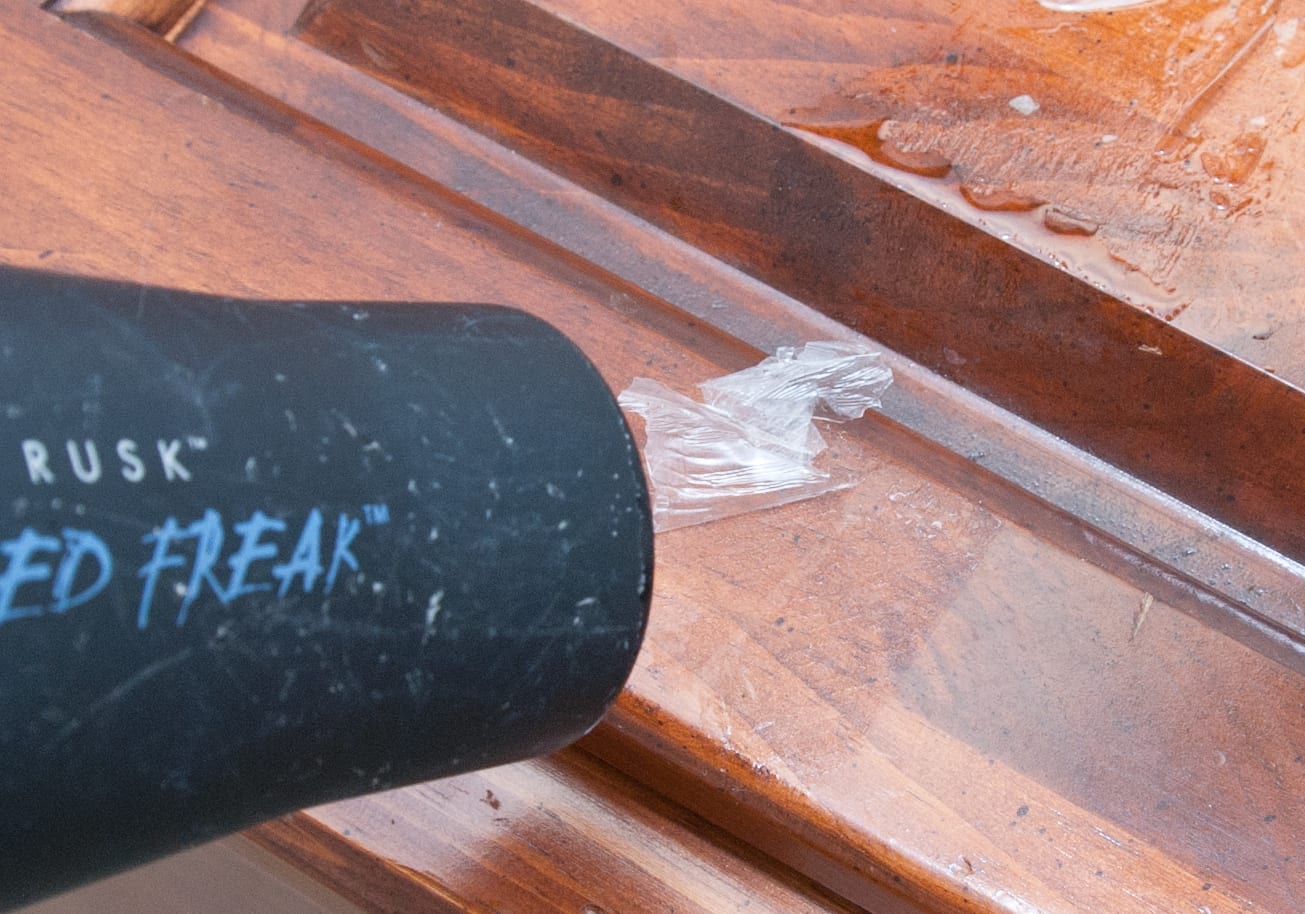
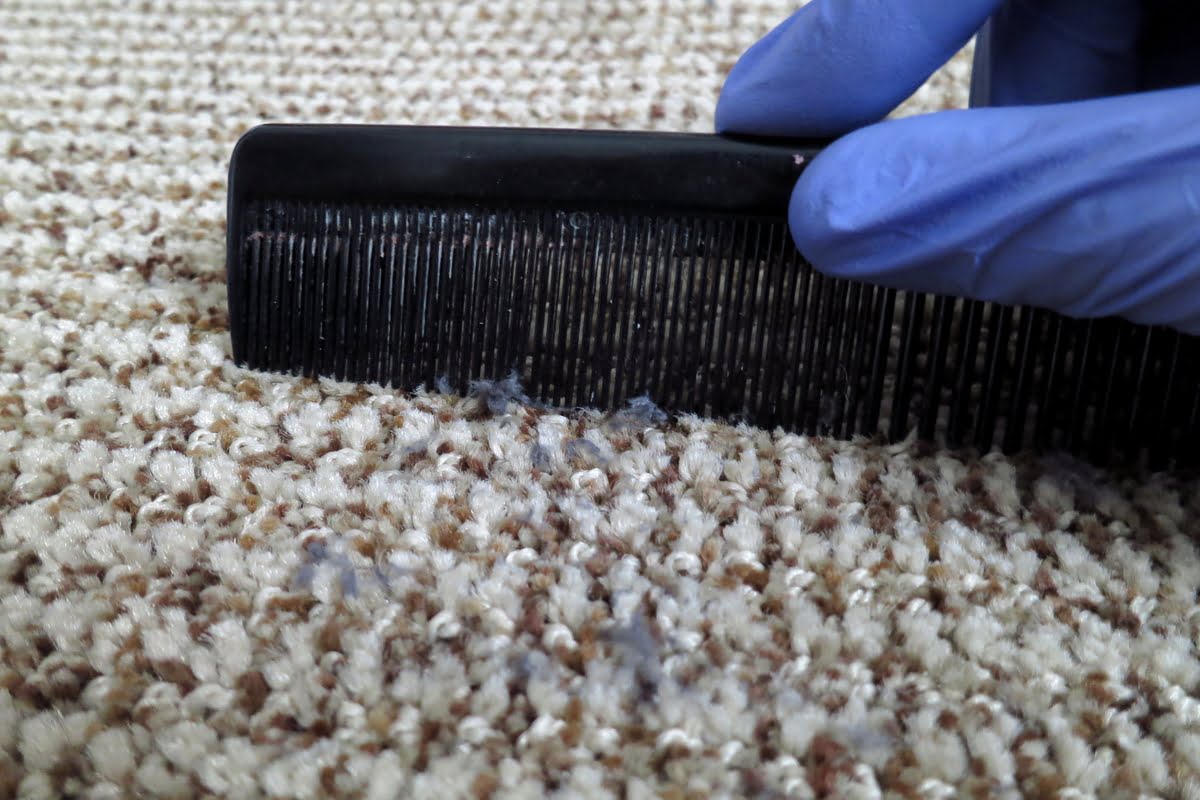
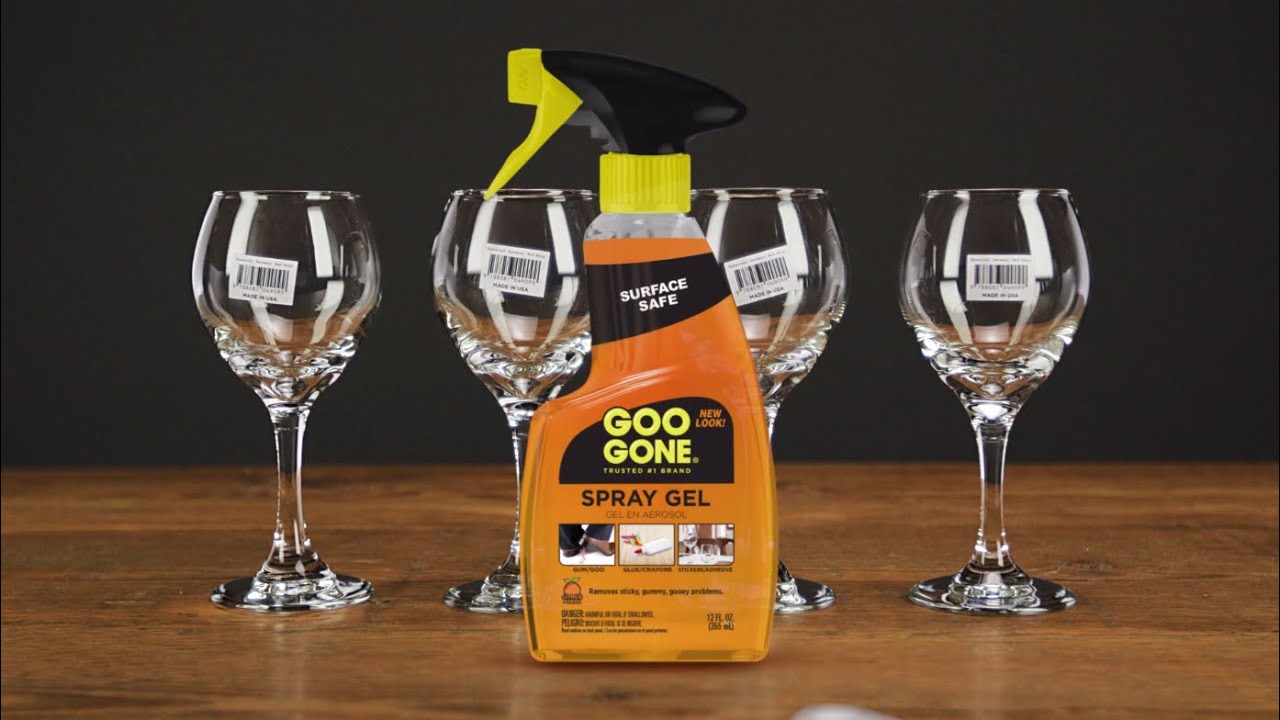
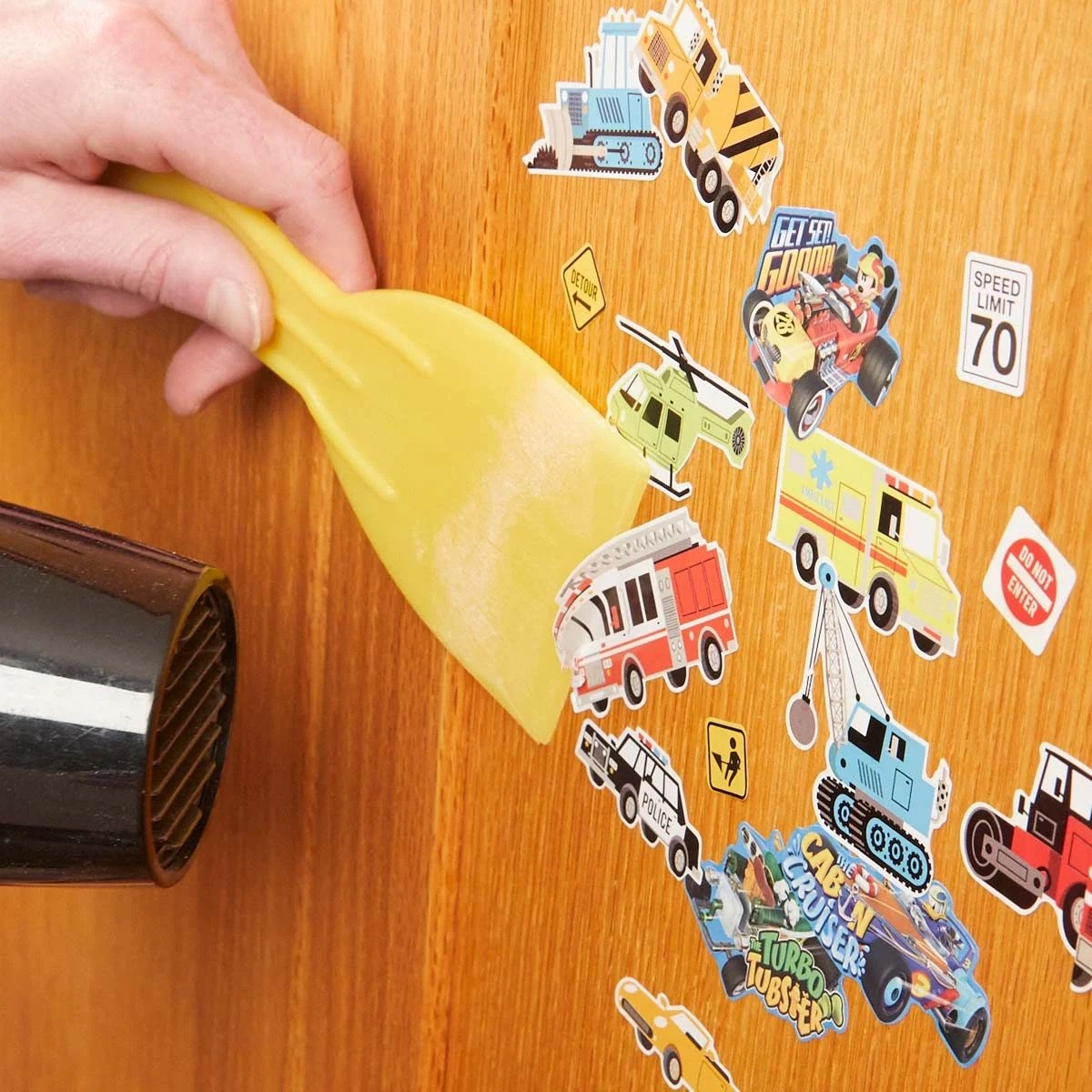

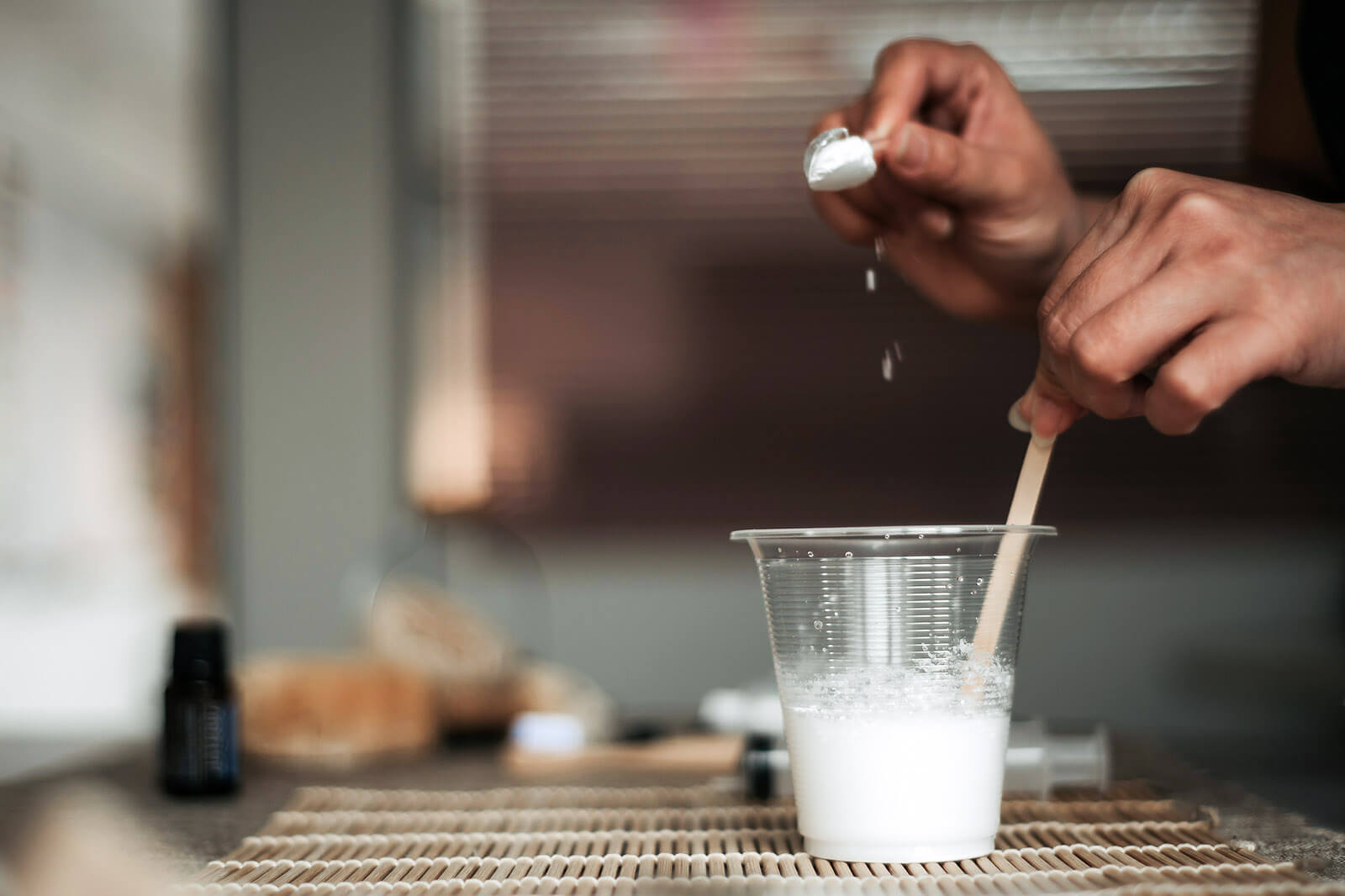
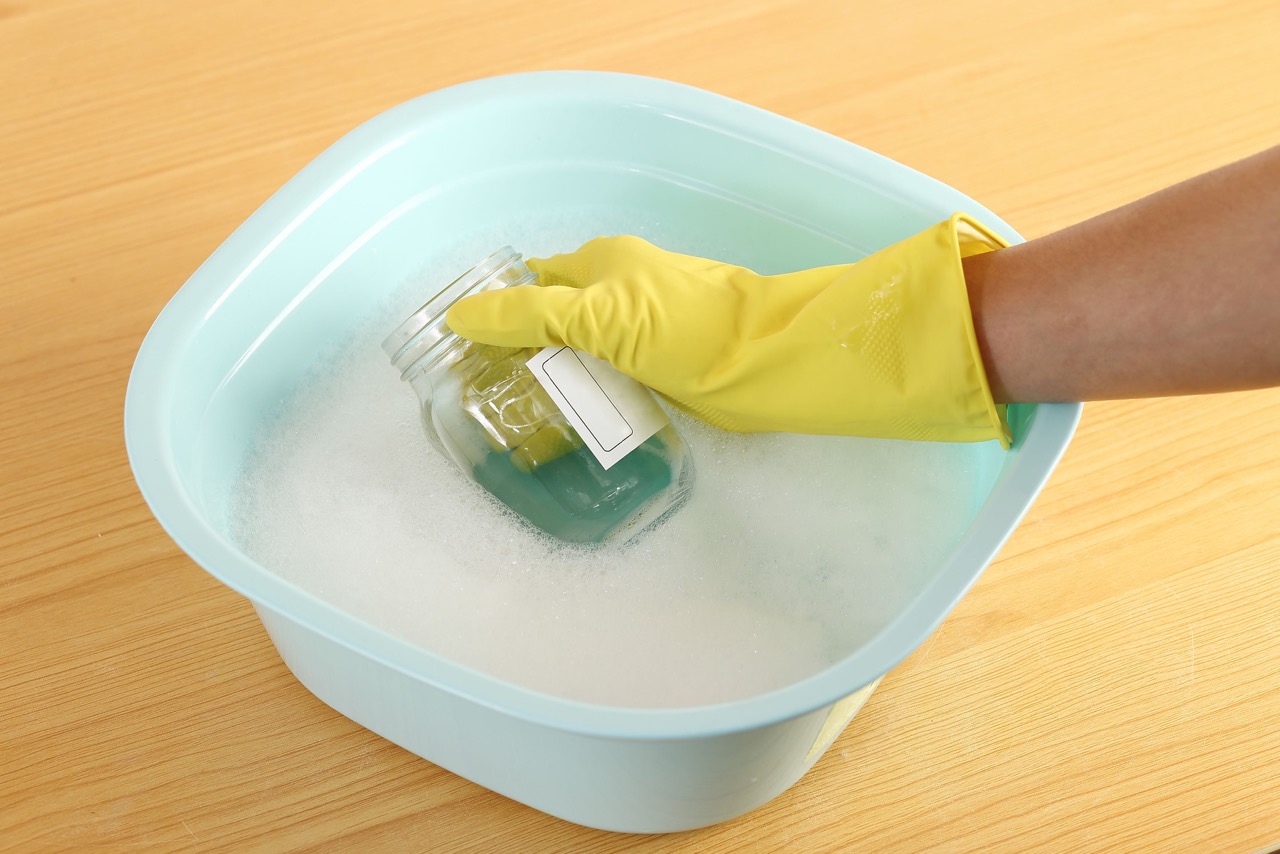
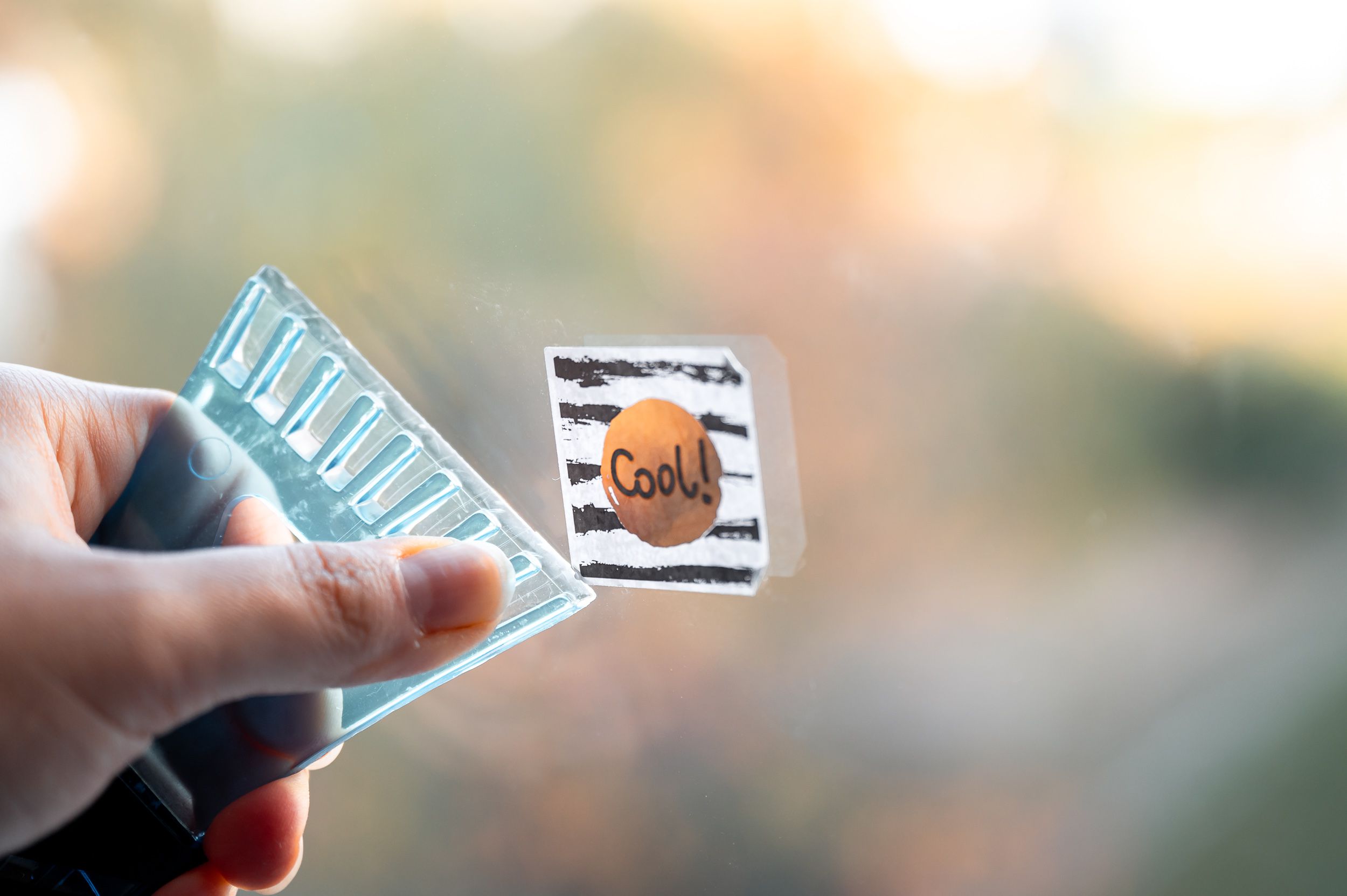
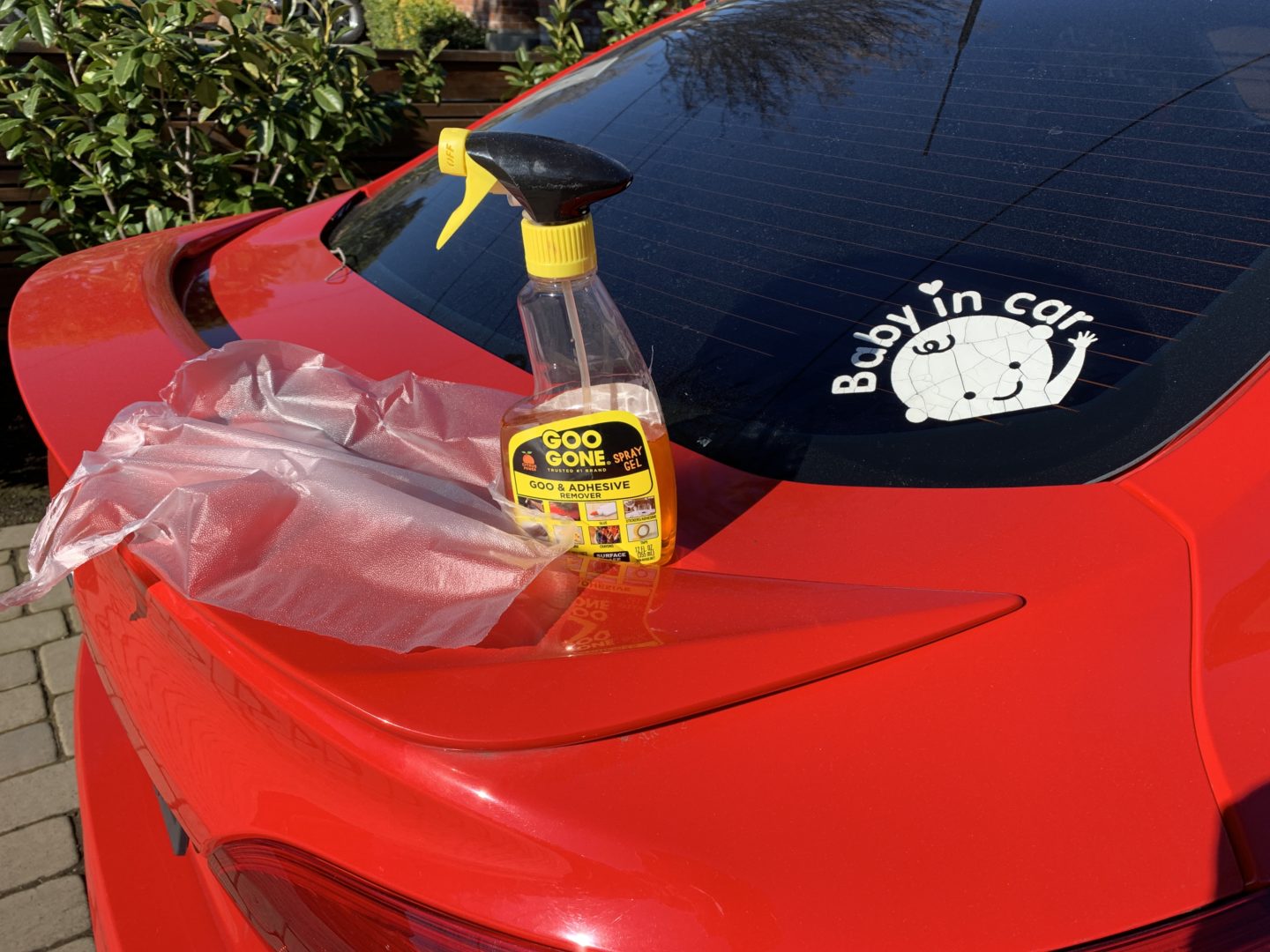
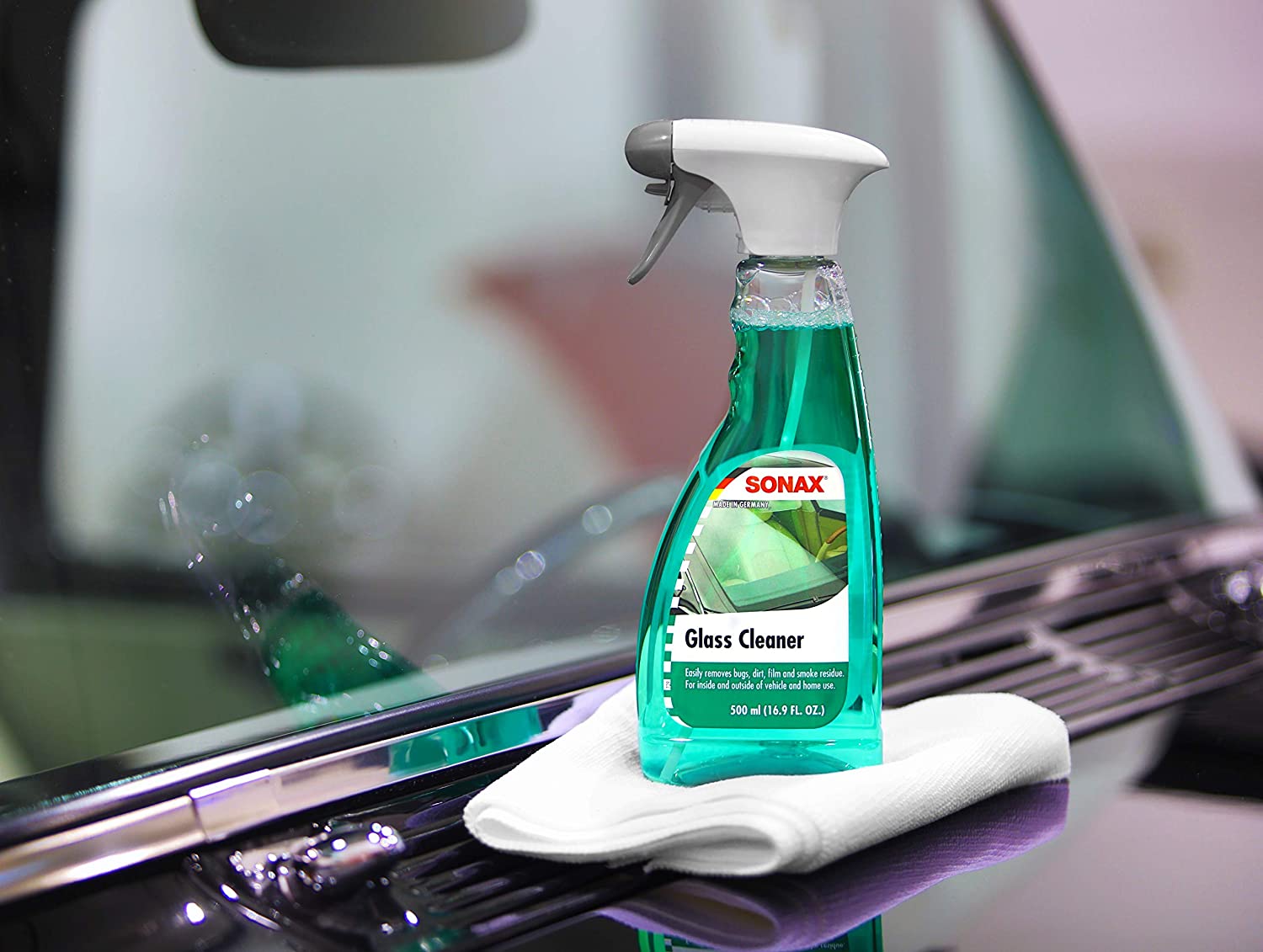
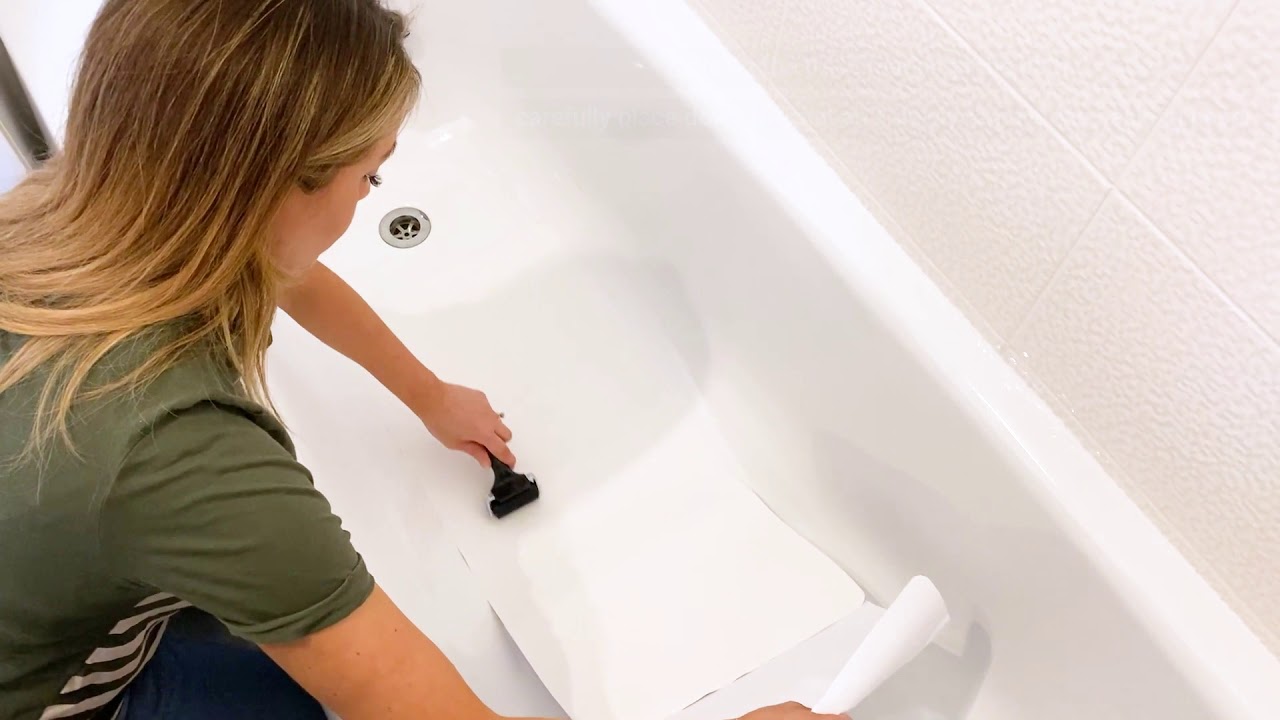
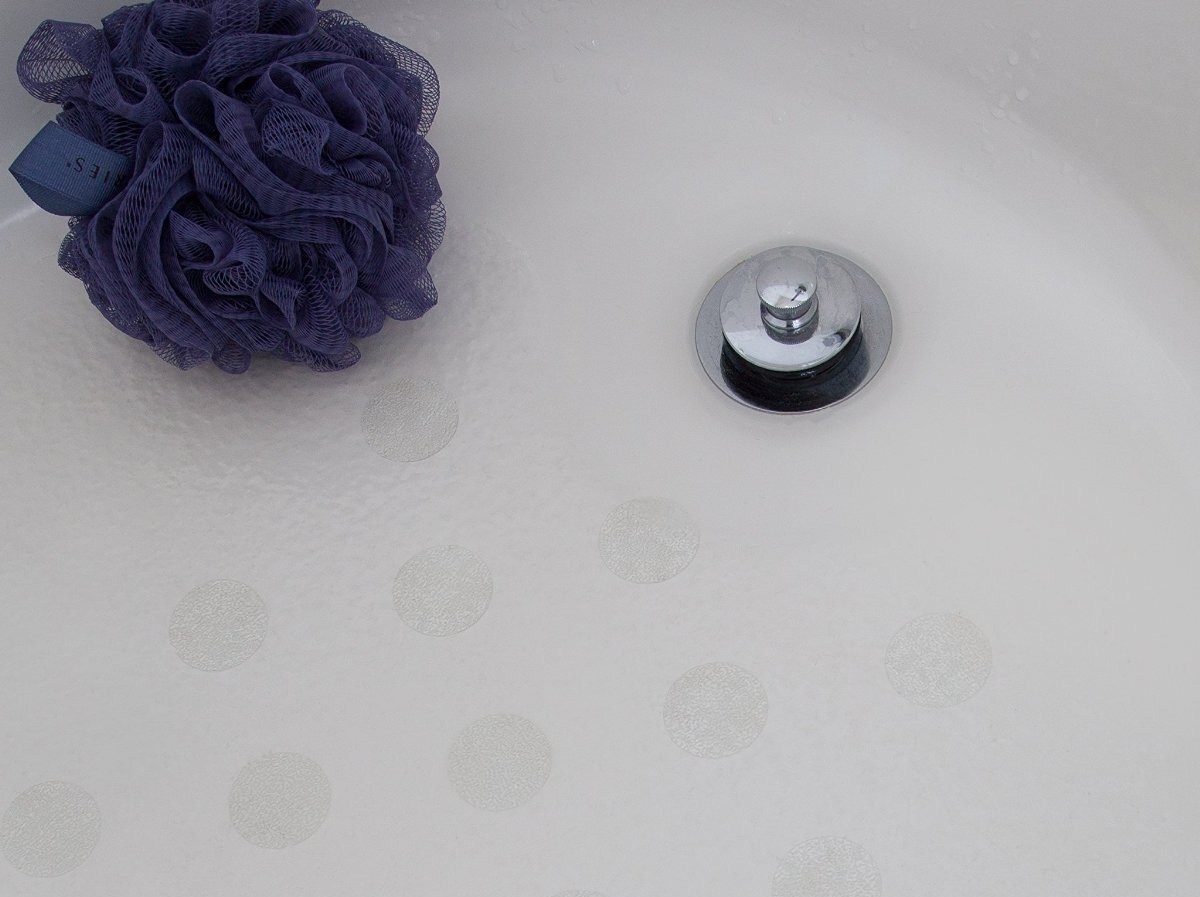
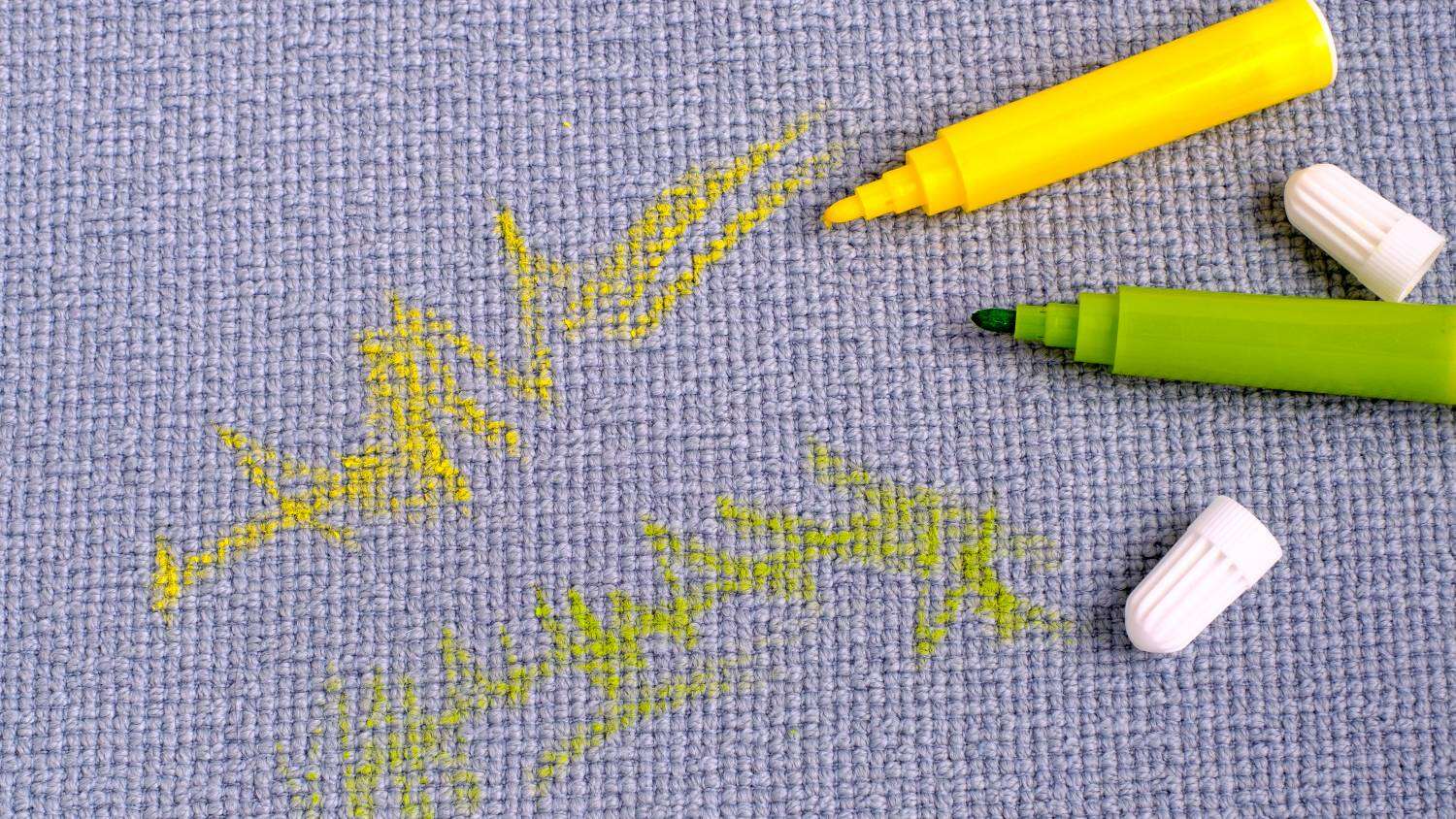

0 thoughts on “How To Remove Sticker Residue From Every Surface”